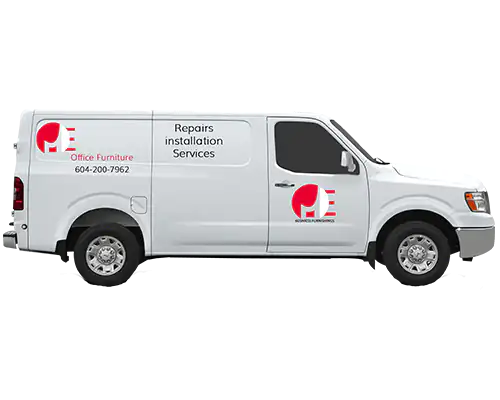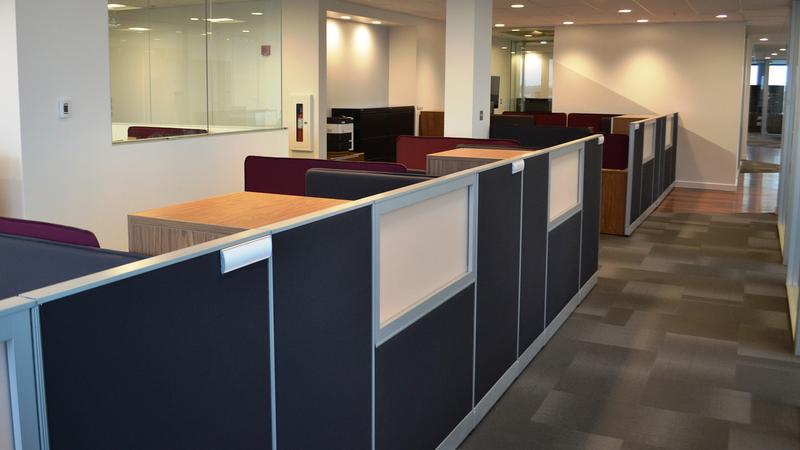As businesses in Alberta evolve and adapt to changing needs, the process of decommissioning office furniture plays a crucial role in managing workspace transitions. Whether due to relocation, downsizing, or upgrades, efficient furniture decommissioning not only ensures a smooth transition but also promotes sustainability and responsible waste management practices. In this blog post, we’ll explore the key steps involved in office furniture decommissioning in Alberta and how businesses can prioritize sustainability throughout the process.
- Assessment and Planning: Before embarking on the decommissioning journey, it’s essential to conduct a thorough assessment of the office furniture inventory. Evaluate the condition, functionality, and suitability of each furniture item, considering factors such as age, wear and tear, and future workspace requirements. Develop a comprehensive decommissioning plan that outlines the scope of work, timelines, budget considerations, and sustainability goals.
- Reuse and Donation: Identify furniture items that are still in good condition and suitable for reuse. Consider donating these items to local charities, non-profit organizations, or educational institutions. Reusing furniture not only benefits the community but also reduces waste and promotes sustainability. Coordinate with donation partners to facilitate the pickup or drop-off of furniture donations, ensuring that they find new homes where they can continue to be useful.
- Responsible Disposal: For furniture items that are no longer usable or in poor condition, responsible disposal is necessary to minimize environmental impact. Explore recycling options for materials such as wood, metal, and plastics to divert waste from landfills. Partner with certified recycling facilities or waste management providers that adhere to environmental regulations and prioritize sustainability. By choosing responsible disposal methods, businesses can contribute to a circular economy and reduce their carbon footprint.
- Documentation and Reporting: Maintain detailed documentation throughout the decommissioning process to track furniture assets, disposal methods, and environmental impact metrics. This information not only ensures compliance with regulatory requirements but also provides valuable insights for future sustainability initiatives. Track metrics such as waste diversion rates, greenhouse gas emissions reductions, and cost savings achieved through responsible disposal practices.
- Employee Engagement: Engage employees in the decommissioning process by fostering a culture of sustainability and environmental responsibility in the workplace. Communicate transparently about the decommissioning initiative, highlighting its importance and the benefits of responsible waste management practices. Encourage employees to participate in recycling efforts, such as sorting waste materials or volunteering for donation drives. By involving employees in the process, businesses can create a sense of ownership and collective responsibility for sustainability goals.
- Continuous Improvement: Evaluate the effectiveness of decommissioning strategies and identify opportunities for improvement based on lessons learned and feedback from stakeholders. Continuously seek ways to optimize resource efficiency, minimize waste generation, and enhance the environmental sustainability of office operations. By embracing a mindset of continuous improvement, businesses can evolve their decommissioning practices to align with emerging sustainability standards and best practices.
In conclusion, office furniture decommissioning in Alberta presents an opportunity for businesses to demonstrate their commitment to sustainability and responsible corporate citizenship. By following these steps and prioritizing sustainability throughout the decommissioning process, businesses can minimize environmental impact, support local communities, and contribute to a more sustainable future for Alberta and beyond.



